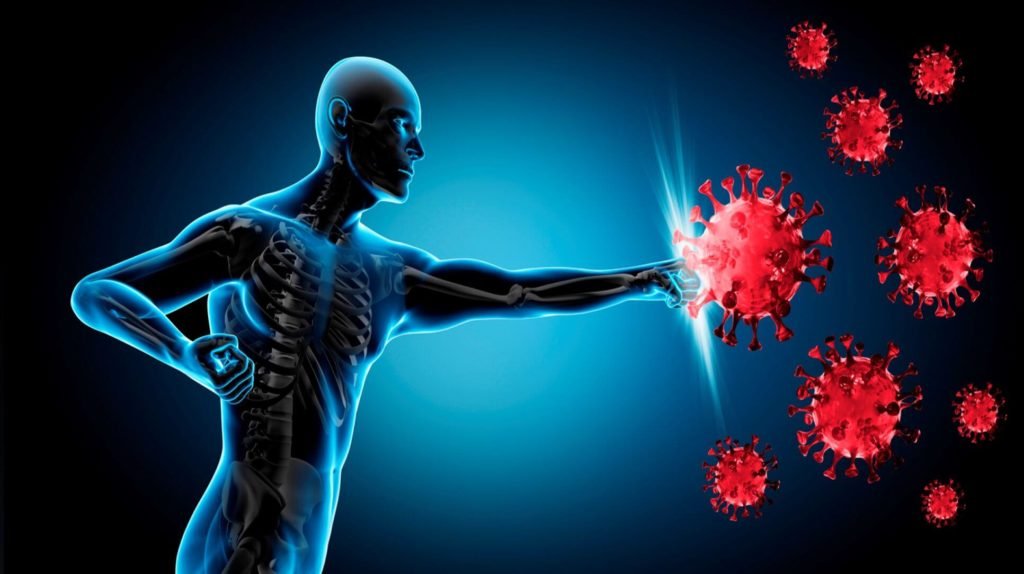Definition of Immunity – Basic microbiology, parasitology, and immunology; nature, reproduction, growth, and transmission of common microorganisms and parasites in Bangladesh; prevention including universal precaution and immunization, control, sterilization, and disinfection; and specimen collections and examination. Students will have an understanding of common organisms and parasites caused human diseases and acquire knowledge about the prevention and control of those organisms.
Definition of Immunity
All those physical mechanisms that endow the animal with the capacity to recognize materials as foreign to itself and to neutralize, eliminate or metabolize them.”
Immunity is the ability of the body to recognize, destroy & eliminate antigenic material (bacteria, viruses, proteins, etc.), which is foreign to its own.
Or
Immunity is the ability of an organism to resist a particular infection or toxin by the action of specific antibodies or sensitized white blood cells.

Classification of Immunity
Innate (non-specific) immunity
a) Genetic/Constitutional
b) Mechanical:
- Keratin layer of skin.
- Intact mucous membrane.
- Mucocilliary movement.
- Reflexes, e.g. coughing reflex, sneezing reflex etc
c) Humoral:
- Normal bacterial flora.
- Acid in gastric juice.
- Complement system
- Interferons etc.
d) Cellular:
- Macrophage.
- Eosinophil.
- Natural killer cells etc.
Acquired (specific) immunity
a) Active: (Where antigens are exposed to the body)
- Natural: After clinical & sub-clinical infections, e.g. Hepatitis-A virus infection.
- Artificial: Different types of vaccines, e.g. bacterial vaccines, viral vaccines, toxoids, live attenuated vaccines etc.
b) Passive: (Where antigens are not exposed to the body)
- Natural: Transfer of maternal antibody to foetus through placenta. Transfer of antibody from mother to infants by breast milk
- Artificial: Antisera & antitoxins, e.g. TIG (tetanus immunoglobulins), ATS (anti-tetanus serum), ADS (anti-diphtheria serum) etc.
Beneficial Effects of Immunity
1. Prevention of many diseases by vaccination, e.g. measles vaccine, polio vaccine etc.znDO
2. Following clinical & sub-clinical infections, there is production of immunoglobulins which an gives protection to the host.
The majority of the beneficial effects are unseen.
Harmful Effects of Immunity
1. Hypersensitivity conditions like asthma, rheumatic fever, glomerulonephritis etc.
2. Autoimmune diseases like rheumatoid arthritis, SLE (systemic lupus erythematosus), autoimmune haemolytic anaemia etc.

Self
Any substance, which is recognized by body as its own constituent, is called self.
Non-self (Foreign)
Foreign means anything, which is recognized not as a body constituent. It may be a substance from outside, or in some cases body’s own structure (as in autoimmune diseases).
Primary and Secondary Immune Organs Along with their Functions
| Type of immune organs | Organs | Function |
| 1. Primary (central) immune organs |
| These are the organs where immature lymphocytes develop. |
| 2. Secondary (peripheral) immune organs |
| These are the tissues where antigen is localized so that it can be effectively exposed to mature lymphocytes. |
Herd Immunity

It is the level of resistance of a community or group of people to a particular disease.
According to another source, herd immunity implies group protection beyond that afforded by the protection of immunized individuals. That is, it concerns the freedom from infection of individuals within a herd by sole virtue of the influence of the herd structure on the transmission among individuals.
Merits of Herd Immunity
- Herd immunity provides an immunological barrier to the spread of disease in the human herd.
- If the herd immunity is sufficiently high, occurrence of an epidemic is highly unlikely.
- If high level of immunity can be maintained, it may lead to elimination of the disease in due course e.g. diphtheria and poliomyelitis.
- The epidemic curve tends to decline with a buildup of herd immunity.
Read More….
